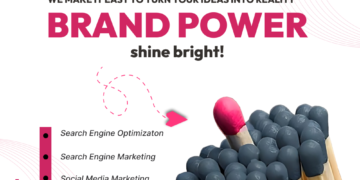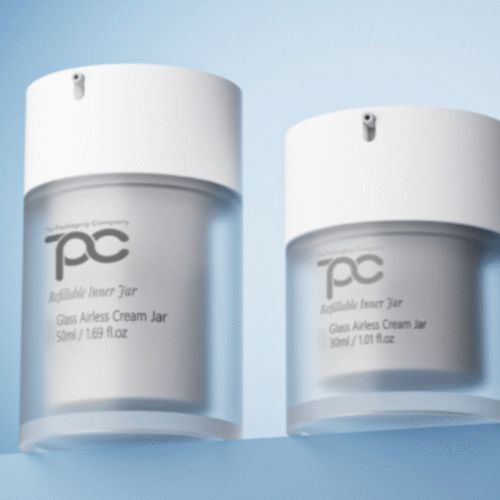Case Study: A Luxury Skincare Brand’s 24-Month Packaging Turnaround
When a premium European skincare label decided to replace its plastic tubs with refillable airless glass jars, its leadership team was skeptical. Would customers adapt? Would costs justify the transition? Fast forward 24 months — the results were remarkable.
Packaging waste dropped by 40 percent, refill orders grew by 50 percent, and loyal customers doubled. What began as a sustainability experiment became a strategic advantage that lifted brand equity, reduced logistics costs, and aligned with new EU packaging regulations.
Why Are Beauty Brands Rethinking Their Packaging Choices?
You already know it — sustainability is no longer a side note. It’s a decision point. Consumers today want packaging that feels luxurious but acts responsibly. They want their moisturizers and serums protected in packaging that respects the planet. That’s where glass refillable airless jars manufacturers step in — bridging innovation with environmental accountability.
For brand decision-makers, the question is no longer “Should we?” but “When will we?” The cost-benefit equation has shifted. Glass refillable systems offer not only ecological benefits but also measurable returns — from improved shelf life and hygiene to stronger brand loyalty among eco-aware buyers.
The Smart Economics Behind Refillable Airless Glass Jars
Let’s face it — your finance team wants hard numbers before approving any packaging overhaul. At first, refillable glass packaging looks expensive. But once you include refill systems, reuse cycles, and reduced waste management costs, the total cost of ownership drops significantly.
| Packaging Type | Initial Cost per Unit | Lifecycle (Months) | Refill Compatibility | Waste Reduction |
| Plastic Jar | Low | 3-4 | No | Minimal |
| Refillable Airless Glass Jar | Moderate | 24+ | Yes | 60-80% |
This simple comparison reveals what spreadsheets often miss — long-term ROI. Brands adopting refillable systems often recover setup costs within 12 to 18 months, followed by years of savings and positive environmental impact. Plus, with upcoming EU Packaging Waste Regulations and Extended Producer Responsibility mandates in the U.S., early adopters are better prepared for compliance and cost predictability.
How Does It Elevate Your Brand Story?
Think of packaging as your brand’s first handshake. A refillable airless glass jar instantly signals responsibility, precision, and quality. It tells your customer — you care about what goes into the jar and what happens after it’s empty. When customers see sophisticated airless packaging protecting their skincare, preventing contamination, and delivering perfect dosage — they perceive added value.
This emotional and ethical alignment builds trust. Studies show that 68 percent of consumers prefer to buy from brands offering refillable or recyclable packaging. That’s not marketing fluff — it’s behavior shaping business models.
Let’s Get Technical — Why Airless Glass Jars Are Smarter by Design
The appeal of airless systems lies in their science. Airless dispensing preserves formulas by eliminating oxygen contact and contamination risks. For formulations with active ingredients, vitamins, or natural extracts, this is critical. Here’s how it benefits your product integrity and bottom line:
- Reduces oxygen exposure, protecting formula potency.
- Enables precise, waste-free dispensing with every use.
- Extends shelf life, reducing product returns and waste.
- Supports refill inserts, lowering carbon footprint per unit.
- Maintains a luxurious aesthetic suitable for premium product lines.
Now, imagine combining these technical benefits with a refill system that reduces production runs and shipping costs. Suddenly, your sustainability goal turns into an operational advantage.
Is the Transition Really That Simple?
Yes — with the right manufacturing partner. Many glass refillable airless jars manufacturers now offer end-to-end services — from concept design and 3D prototyping to production-line testing and decoration. You don’t have to overhaul your processes; you just need the right integration strategy.
Today’s refillable glass systems are engineered to fit existing filling machinery with minor adjustments, making the switch smoother than most brands expect. You can retain your luxury finishes, embossing, and colors — while upgrading your sustainability credentials.
But here’s the cliffhanger — what if your competitors make the shift before you do? Will you risk looking outdated in a market that’s evolving toward transparency and circular packaging?
Long-Term Gains That Outlast Trends
Choosing a glass airless bottle packaging solution isn’t a seasonal trend; it’s a transformation strategy. Refillable systems position your brand to achieve measurable sustainability milestones, attract eco-conscious consumers, and meet regulatory targets simultaneously. They also open the door for new business models — subscription refills, direct-to-consumer loyalty programs, and premium refill stations in retail.
The future of beauty packaging isn’t about selling more jars; it’s about selling smarter systems. By reducing single-use waste, you enhance operational efficiency, align with ESG commitments, and future-proof your packaging line against stricter waste directives.
What’s Next for Forward-Thinking Beauty Brands?
The next decade will favor brands that can prove impact — not just promise it. Those already shifting to refillable formats are gaining measurable advantages: stronger retention, higher perceived value, and smoother compliance. When your packaging innovation saves resources and boosts reputation, it’s no longer an expense — it’s an investment. They’re your pathway to profitability with purpose — helping your brand look smarter, act responsibly, and stay ahead of the curve.















